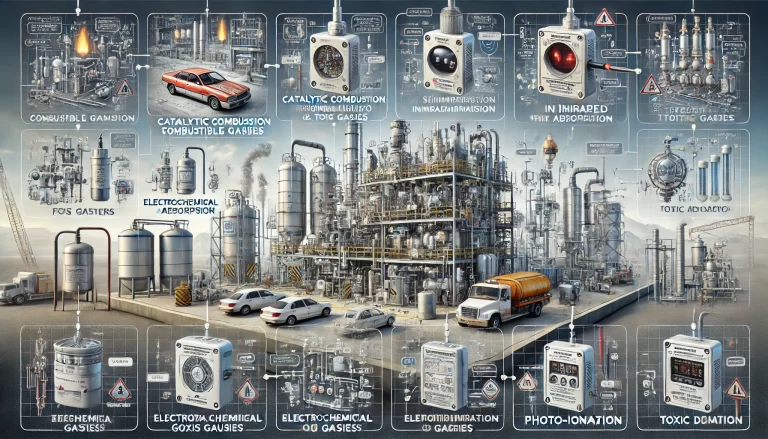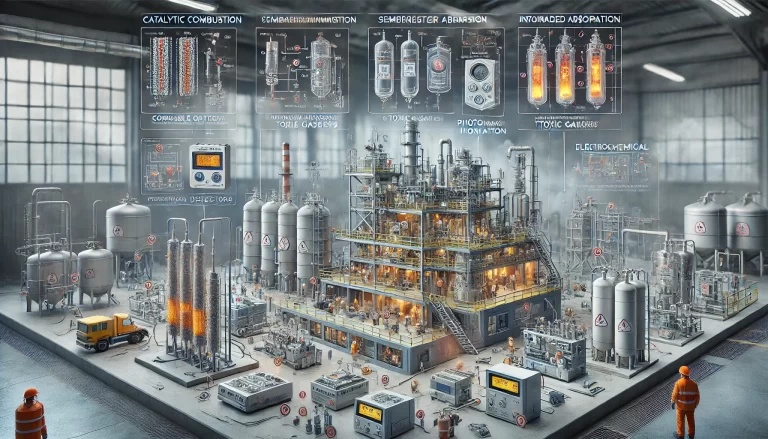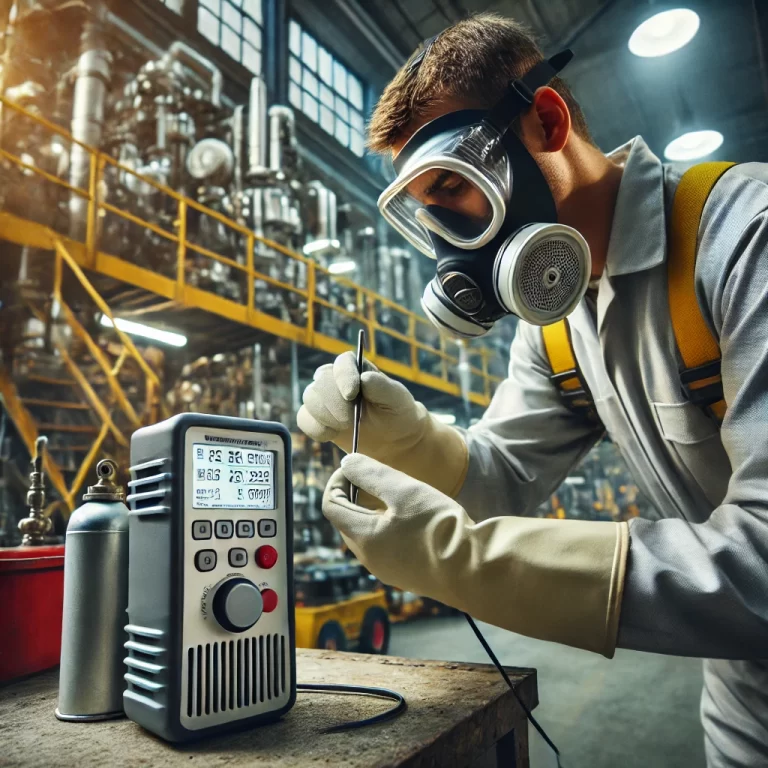Combustible gas detectors are essential safety devices widely used in industrial and residential environments. Their primary function is to monitor the concentration of flammable gases in real time and issue alarms when levels exceed safety thresholds. A critical yet often overlooked component of these detectors is the nameplate, which carries important technical and regulatory information.
1. Purpose of the Nameplate on Explosion-Proof Combustible Gas Detectors
The nameplate is a permanent label affixed to the device that provides vital specifications and operational details. For explosion-proof gas detectors, the nameplate serves several critical functions:
Compliance Assurance: It confirms that the device meets relevant safety and explosion-proof standards.
Usage Guidelines: It provides essential information about proper installation, compatible environments, and applicable gases.
Traceability: It allows the user to trace the manufacturing history, aiding in maintenance, recalls, or certification renewals.

2. Key Information Displayed on the Nameplate
2.1 Device Model and Serial Number
Model Number: Indicates the detector’s series and specific features, such as sensing technology or gas compatibility.
Serial Number: A unique identifier that supports device tracking, maintenance history, and warranty validation.
2.2 Target Gas and Sensor Type
Detectable Gases: The nameplate usually lists the types of combustible gases that the detector is calibrated to monitor, such as methane (CH₄), propane (C₃H₈), or hydrogen (H₂).
Sensor Technology: Indicates whether the detector uses catalytic bead, infrared (IR), semiconductor, or electrochemical sensors.
2.3 Electrical and Functional Specifications
Operating Voltage: Typical ranges might be 12–36V DC or 110–220V AC.
Detection Range: Usually stated in %LEL (Lower Explosive Limit), such as 0–100%LEL.
Response Time: Time to reach 90% of the final reading, often denoted as T90.
Alarm Set Points: Preset thresholds at which the device triggers an alert.
2.4 Explosion-Proof Ratings and Certification Marks
Markings like “Ex d IIC T6 Gb” indicate the explosion protection type, applicable gas groups, and temperature class.
Certifications: Look for marks from CNEX, ATEX, IECEx, or UL.
2.5 Installation and Usage Notes
Orientation and mounting location instructions (e.g., head-up or head-down).
Environmental suitability (e.g., temperature range, IP rating).
Required maintenance frequency and recalibration intervals.

3. How to Locate and Read the Nameplate
The nameplate is usually made of stainless steel or corrosion-resistant aluminum and is riveted or laser-engraved onto the detector’s body. It is typically located on the front or side of the housing. Make sure it is always clean and legible; obscured or damaged nameplates can lead to operational misunderstandings and safety risks.
4. Why the Nameplate Matters
The nameplate is far more than a label—it is a critical reference that supports:
Correct Installation: Avoids misuse or installation in unsuitable environments.
Safe Operation: Ensures the device is used within certified limits.
Regulatory Compliance: Serves as proof of conformity during inspections or audits.
Accurate Maintenance: Supports technicians in selecting the correct spare parts or calibration gases.
5. Best Practices for Users
Always check the nameplate before installation to confirm compatibility with your process environment.
Regularly inspect and clean the nameplate to maintain legibility.
Use the model and serial numbers when ordering replacements or requesting support.

Optional: Add a Nameplate Example
(Consider including a diagram of a typical nameplate with labels for each field: Model, Serial No., Gas Type, Sensor Type, Explosion-Proof Mark, Voltage, Certifications, etc.)
